Kevin Lyons is a fly fisherman and entomologist who’s been observing Montana’s Missouri River and its ecosystem for years. In today’s blog, he shares his field notes on the bugs to look for and the techniques to use if you find yourself fishing the Mo this October.
Take Advantage of Continuing BWO Emergence
Baetis are usually around the entire month, still hatching around 1 PM each day. As I mentioned in last month’s blog, cloudy, low barometric pressure days produce the best hatches. The greatest impediment that these small mayflies face in fulfilling their biological destiny is their inability to break through the surface layer (meniscus) of their home waters. The lower the pressure, the thinner the meniscus.
Generally speaking, stable, cloudy, drizzly weather is associated with low barometric pressure. It makes complete evolutionary sense that Baetis would choose the days most likely to result in a successful emergence, no matter how uncomfortable the weather is for us anglers. (Another interesting theory is that the Baetis have evolved their mostly gray coloration to closely match the cloudy sky, giving them a slight bit of camouflage from hungry trout below.)
All that is not to say that Baetis don’t hatch on sunny, high-pressure days. They certainly do. My net samplings indicate that there are fewer emergers on bright days, but that the percentage of unsuccessful emergences is significantly higher.
We can use both situations to our angling advantage. On cloudy days, during heavier hatches, there will usually be more fish rising. This can be attributed to the fact that more bugs are on the water, but it also seems to me that trout are more comfortable on cloudy days—and therefore a bit more gullible to an imperfect presentation. I mentioned the dry flies I use in the September blog. Any emerging or crippled Baetis pattern in size 20 ought to work. I’ll also reiterate (because it’s worked for me so often) that if you’re having trouble getting a trout to select your fly from the many naturals on the water, try your pattern tied in purple.

An example of a Baetis dun.
On sunny, high-pressure days, there will be fewer bugs and probably fewer fish rising. With fewer potential meals it will be easier to get a fish that is rising to select your fly. I have used purple on these days. It works, but it doesn’t seem to be any better than naturally colored flies. Because there are so many still-born Baetis hanging just below the meniscus, a size 20 Baetis soft-hackle fished on a nylon tippet with flotant applied to within an inch or two of your fly is deadly.
There are four categories of mayfly nymphs: swimmers, clingers, crawlers and burrowers. Baetis are swimmers. They flit around under the surface using their three interlocking tails like flukes on dolphins or whales. Because of this, I think they are exposed to predation more frequently than the other categories during earlier stages of their development (instars).

Not the best picture of a Baetis nymph; I was just interested in the profile in order to tie my imitations accurately.
When there is no apparent hatch, I’ve had good success fishing size 24-26 very simple Baetis nymphs almost every month of the year. (I say very simple patterns because I’m not a skilled enough fly tyer to tie the more complex patterns in those sizes. If you are, I’m sure they would work.) Leading up to an emergence, the nymphs I’ve had success with are JuJu Baetis, Radiation Baetis and Little Green Machines in size #20-22.
There’s A Couple More Weeks of Spotted Sedge
The fall Spotted Sedge (H. Cockerelli) should be around for at least the first half of the month. Just as with mayflies, there are four categories of caddis larva: free livers, case-saddle makers, tube makers and net spinners.
The Spotted Sedge is a net spinner. Like a spider, they weave their nets between objects to trap their breakfast. They’ll eat just about anything they catch: zooplankton, phytoplankton, detritus or even the young of other aquatic insects.
This knowledge is important because it tells us something about where they live; these caddis need moving water in order to get victims into their nets. To fish Spotted Sedge, therefore, we’re looking for flowing water with enough current to provide plenty of feeding opportunities, but not so much that it would destroy their nets. Riffles, particularly the riffles just below Holter dam, create the perfect environment. Holter Lake is a factory for producing the types of food that net spinners like: lots of plankton and tons of rotting vegetation. As with any tailwater fishery, you’ll find the greatest concentrations of net spinning insects just downstream from the dam.
A size 18 Buzzball or Translucent Pupa fished in the surface film has been successful for imitating the emerging Spotted Sedge. For the pupa, I use a size 18 Tan Soft-Hackle or a Guides Choice Hare’s Ear. Because of their tendency to overpopulate the environments mentioned above, in the months and weeks leading up to the hatch, behavioral drift becomes a very real thing. Dead drifting a size 16 or 18 Bloom’s Weight Fly in gold or purple can be effective.
Midges Are Always a Good Fallback
During the first or second week, the midge hatch I mentioned in September’s blog ends. Fortunately, there are always some species of midge available on the Missouri. From the end of October through the following March, a size 18-20 Zebra Midge in black, red or olive is never a bad idea.
More Field Notes from the Missouri
This article is part of an ongoing series by entomologist Kevin Lyons. A former Airforce and commercial pilot, Kevin grew up fly fishing in the Great Smokey Mountains. He began documenting the bugs he saw while he was out fishing before he even knew their names, a habit that turned into a life-long passion. In 2013, he and his wife moved to Montana and Kevin proceeded to teach fly fishing, entomology, and fly tying at Great Falls College for the next decade. Now retired, he and his wife enjoy a view of the Missouri right outside their backdoor.
If you're interested in seeing more of Kevin's field notes—compiled from years of fishing the Mo—check out the articles below:
What flies should you use on the Missouri River in June?
Flies & Techniques for Fishing the Missouri in July
Fly Fishing Strategies for the Missouri in August
How to Fish the Missouri River in September
Next month’s field notes will cover fly fishing the Mighty Mo in the off-season. Feel like sharing some field notes of your own? Jump into the comments below!

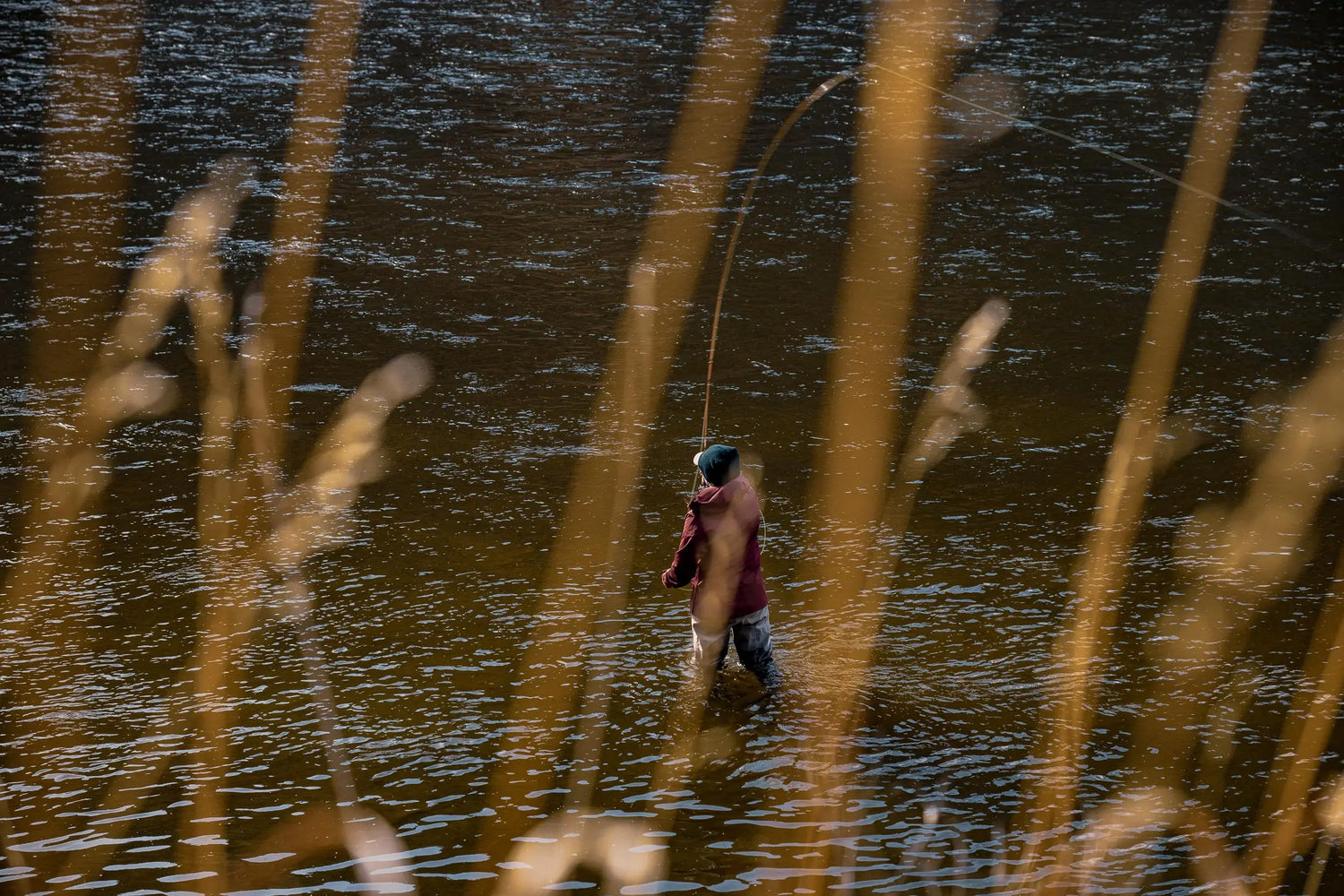
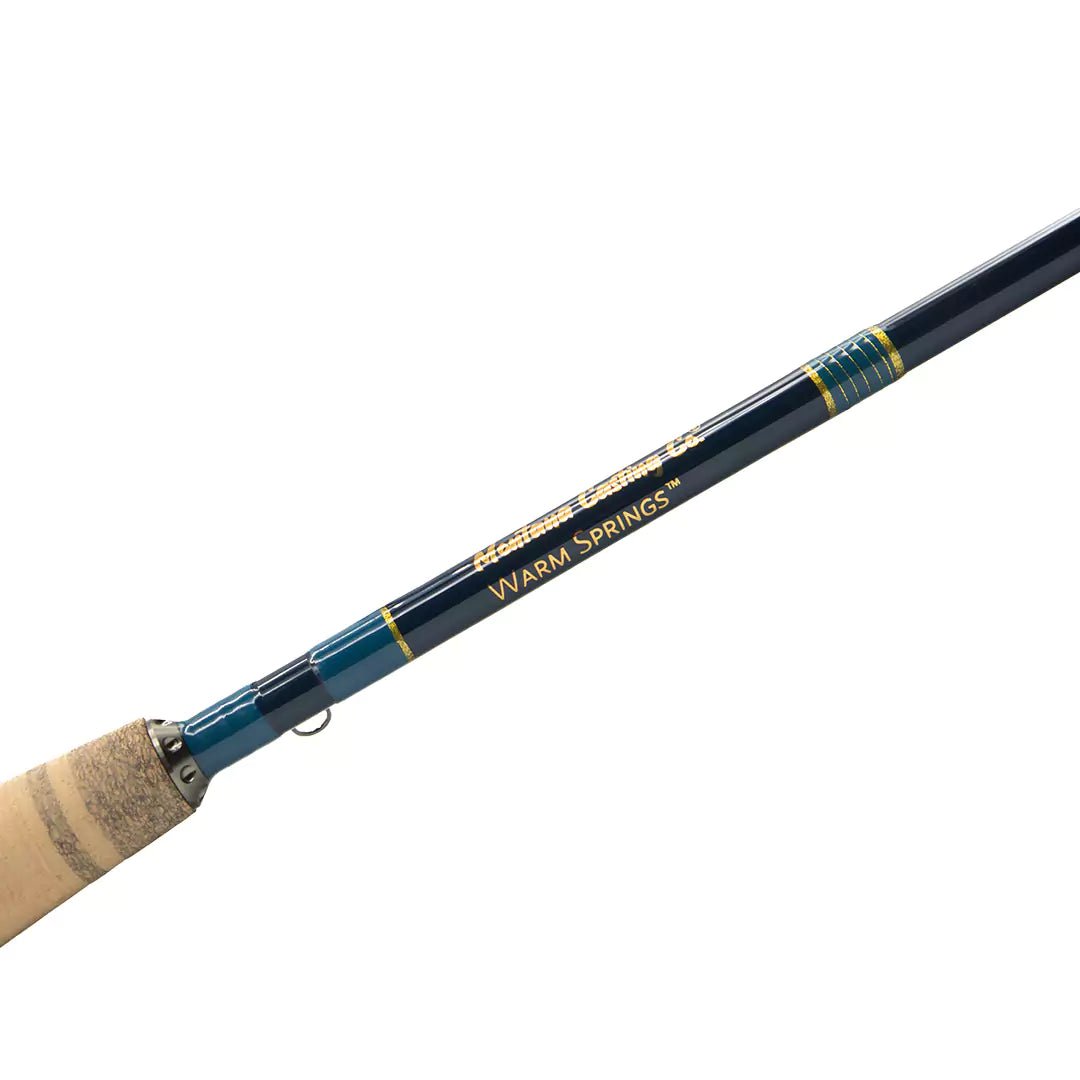
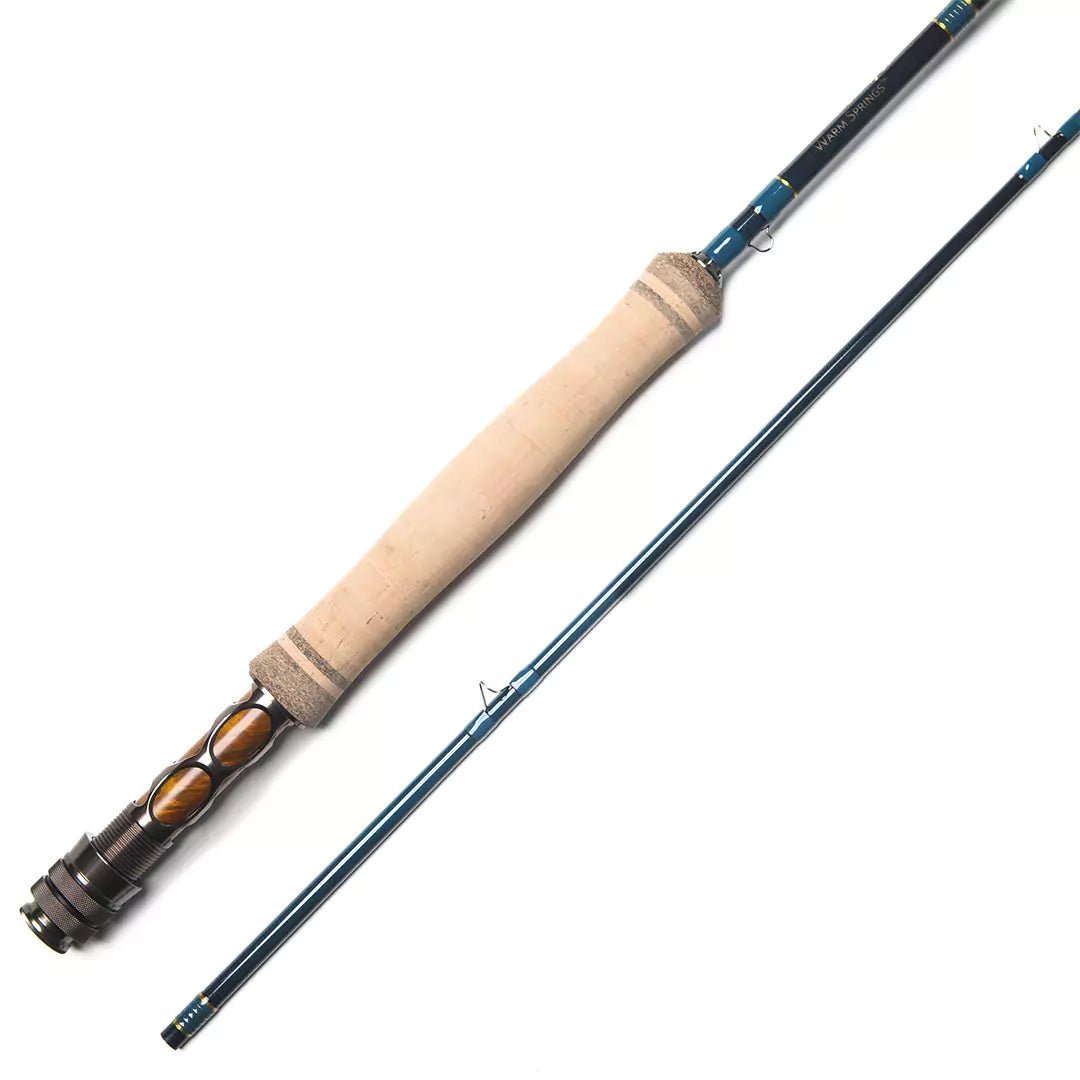
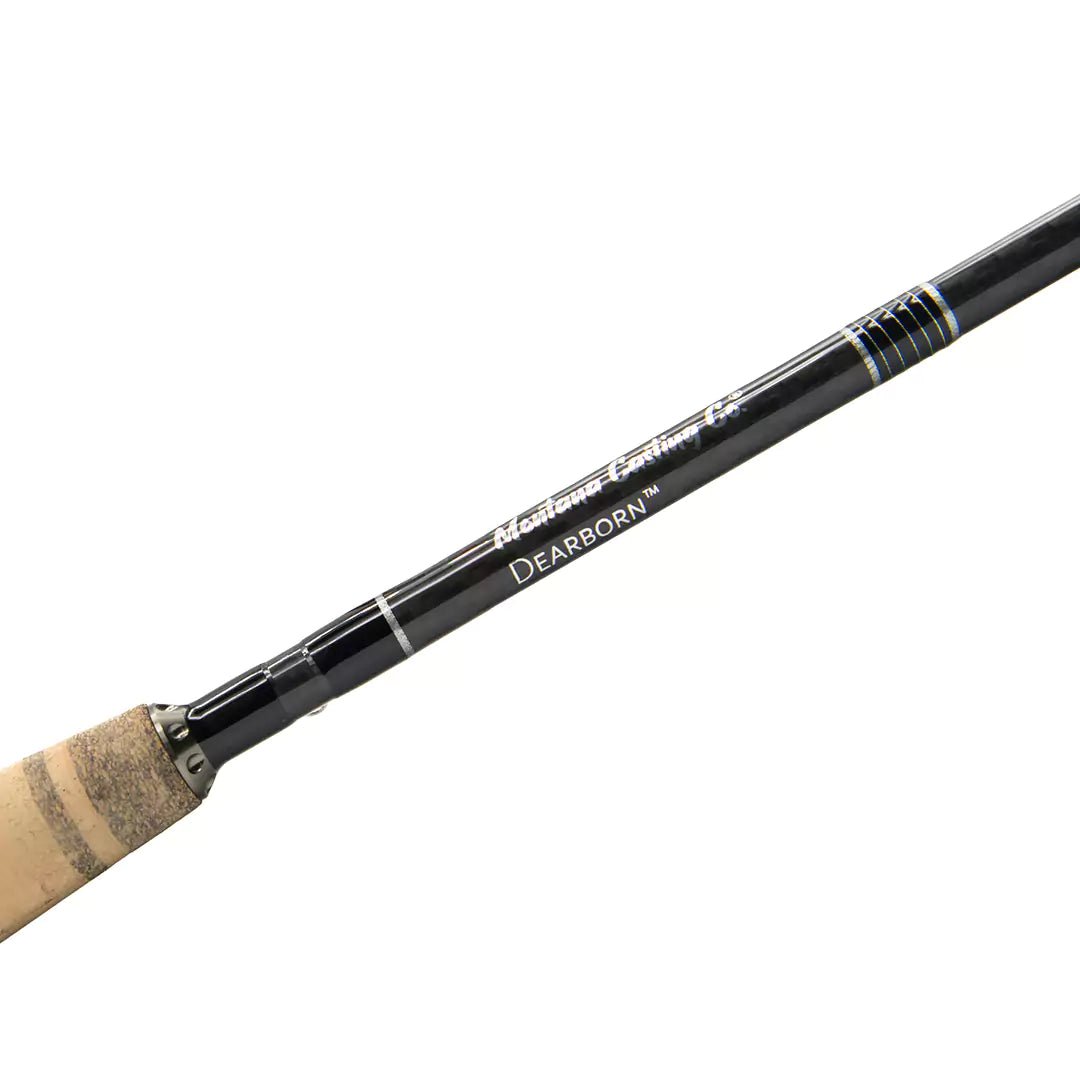
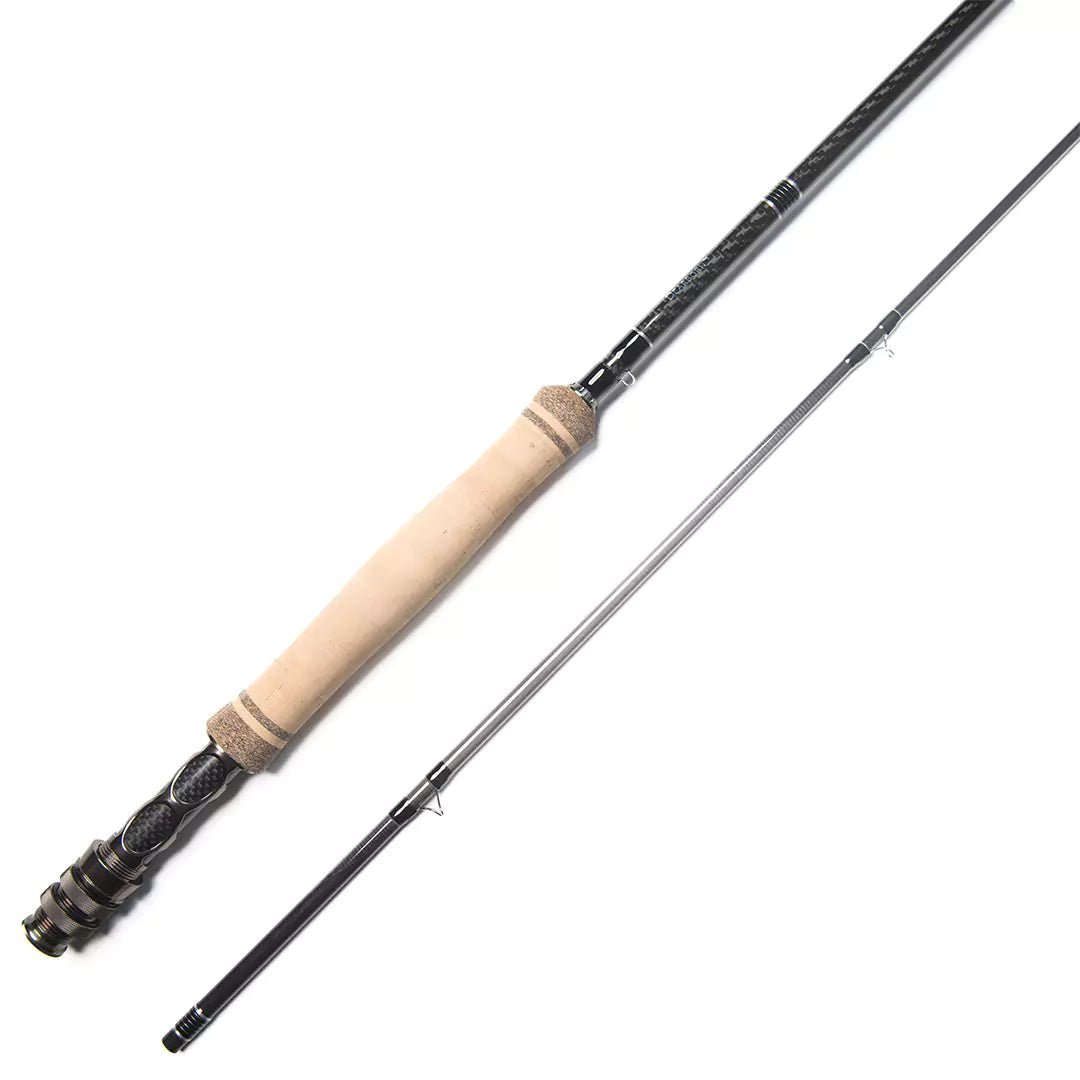
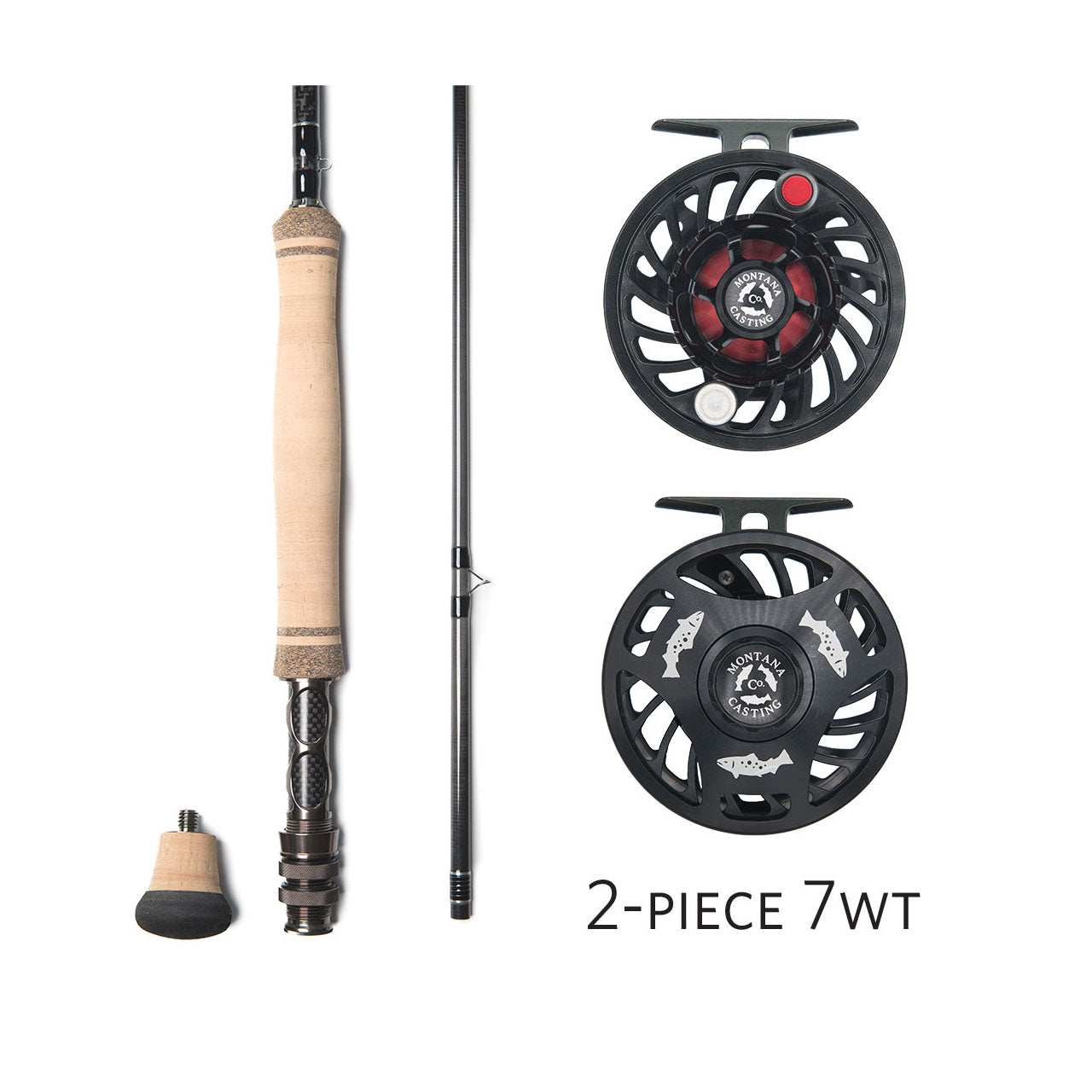
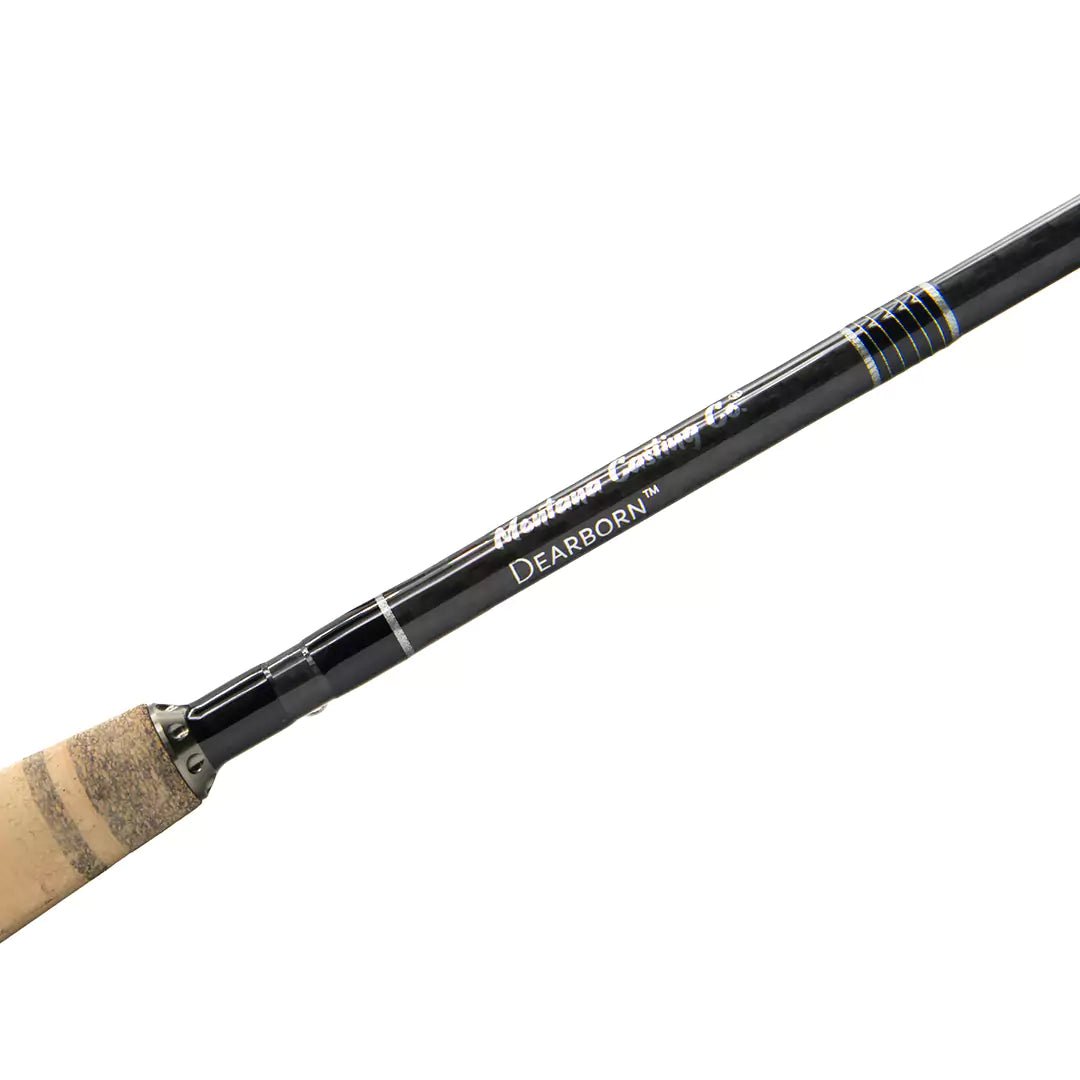
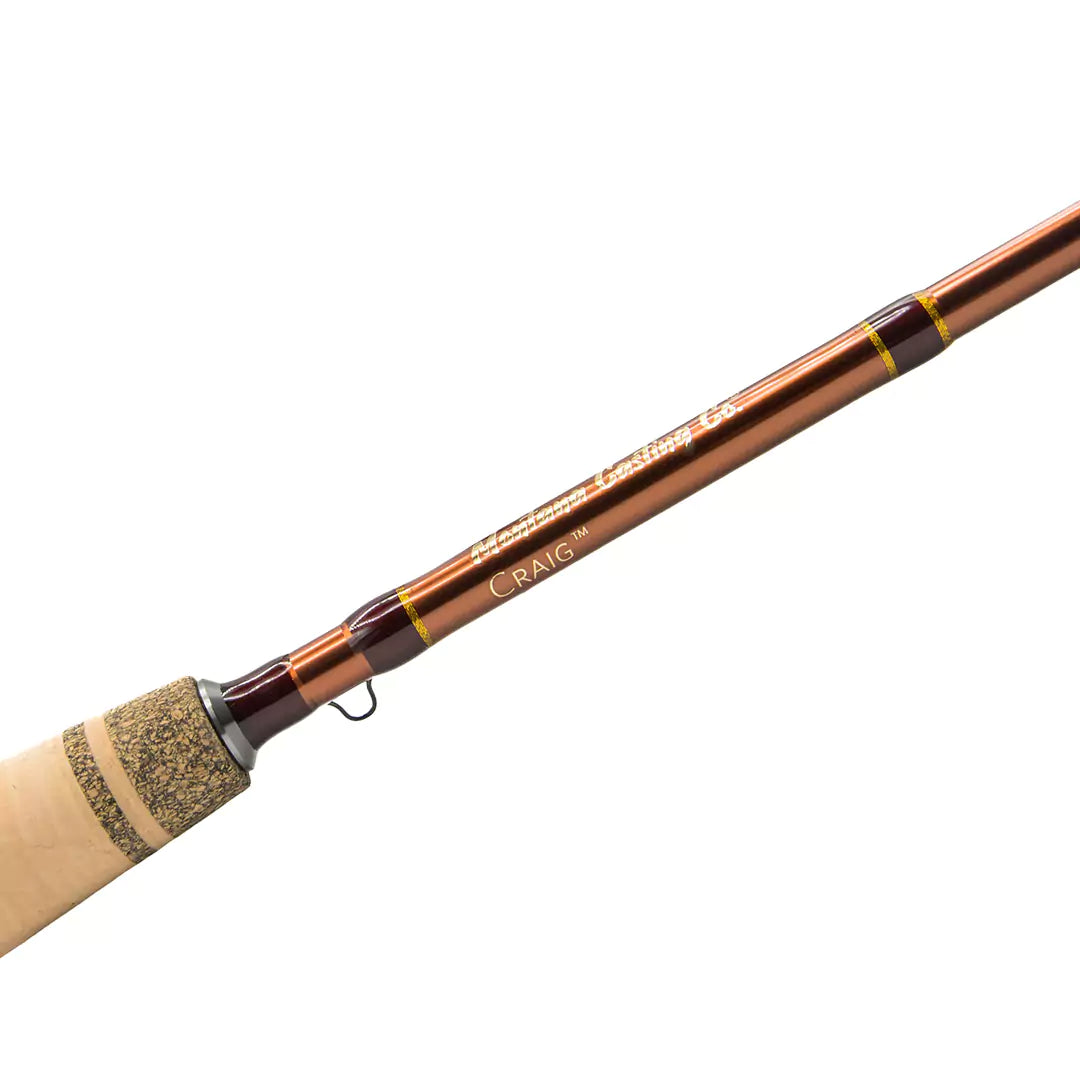
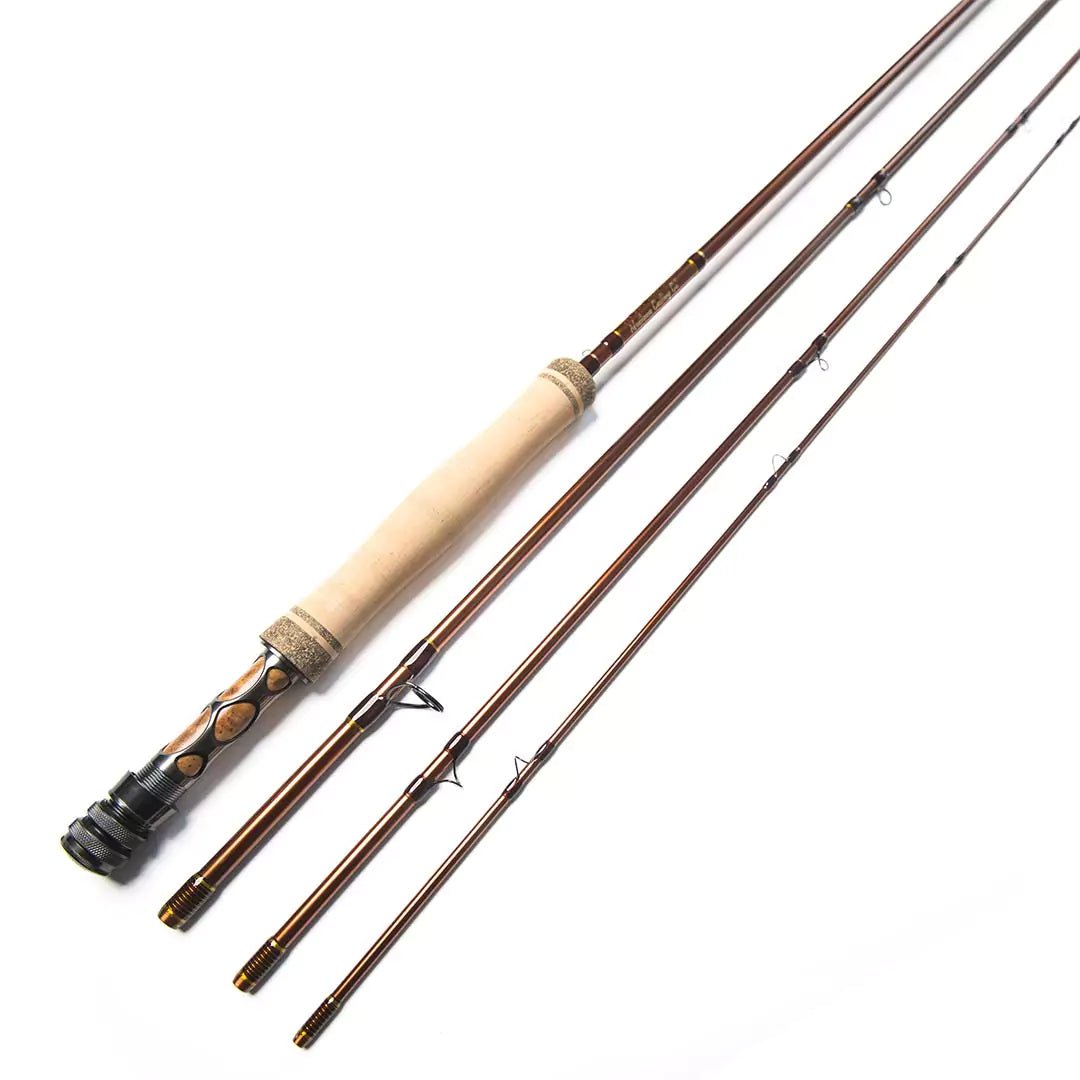
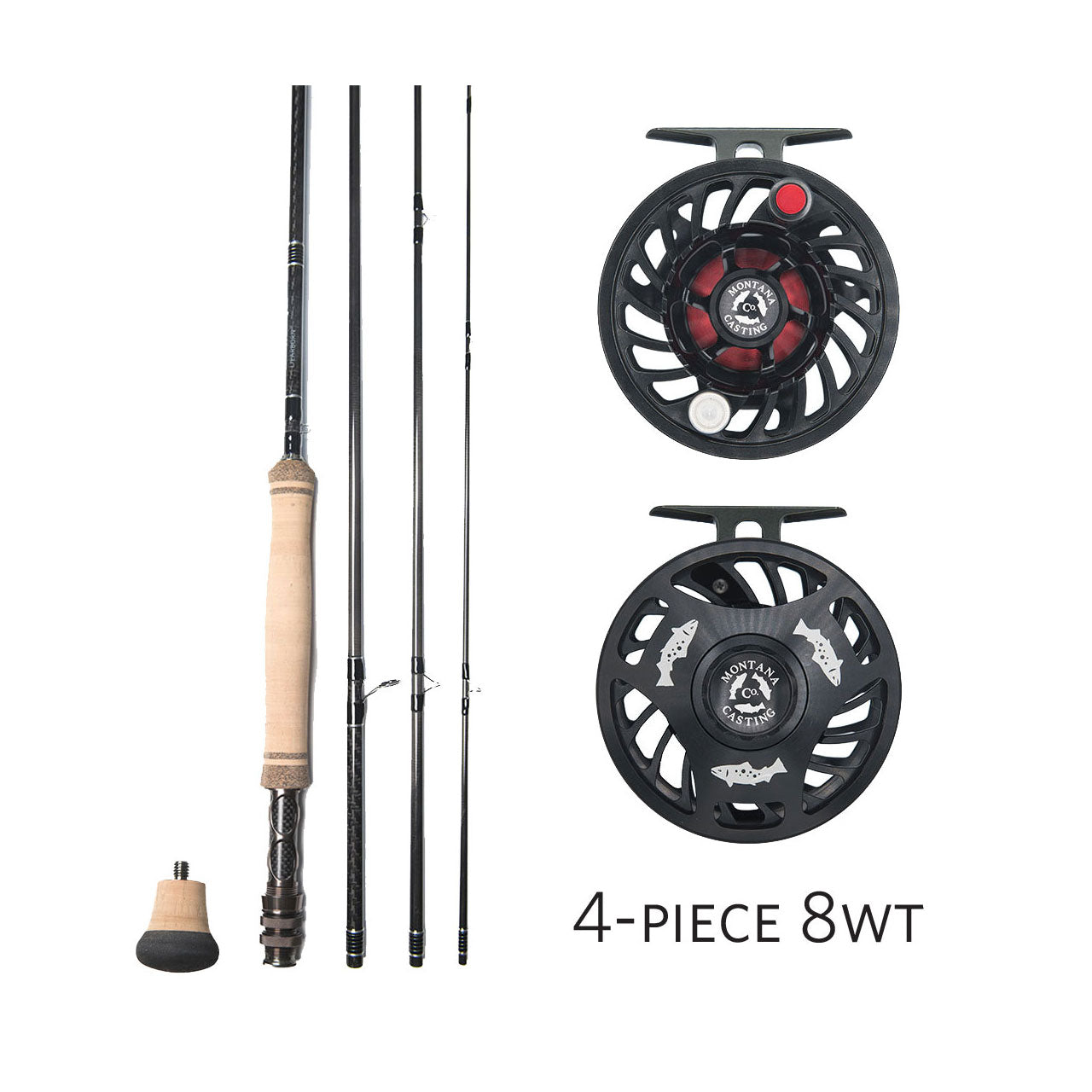
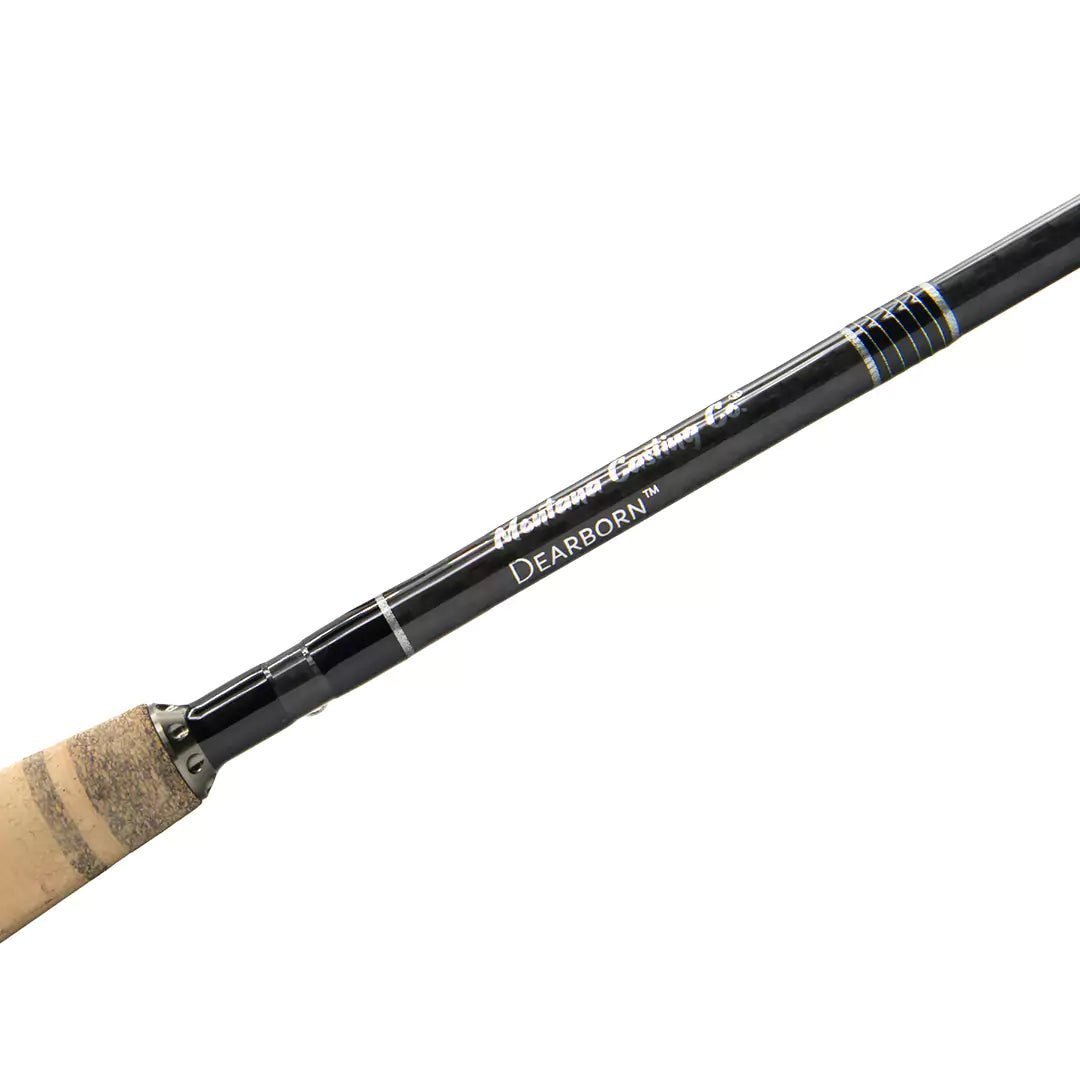
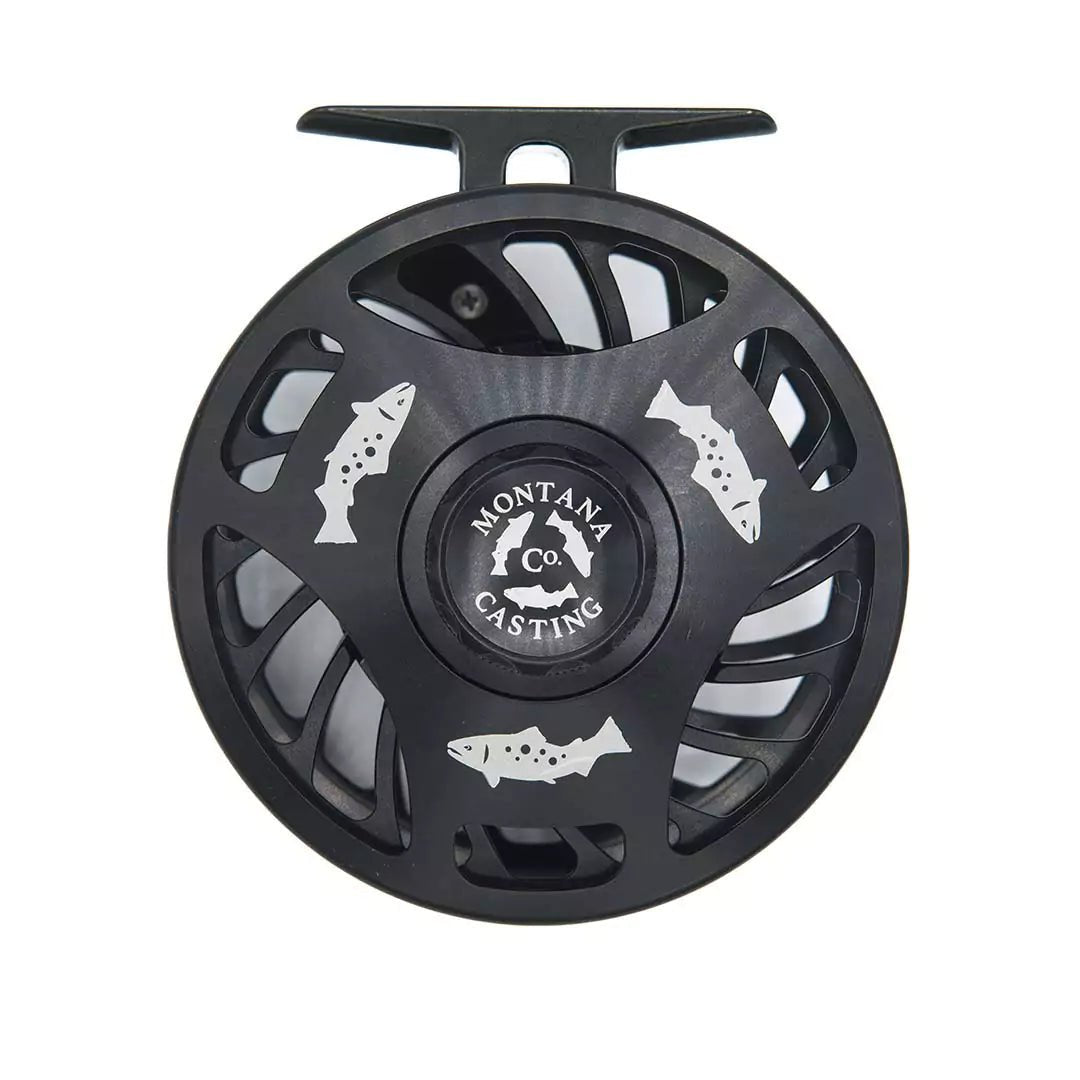
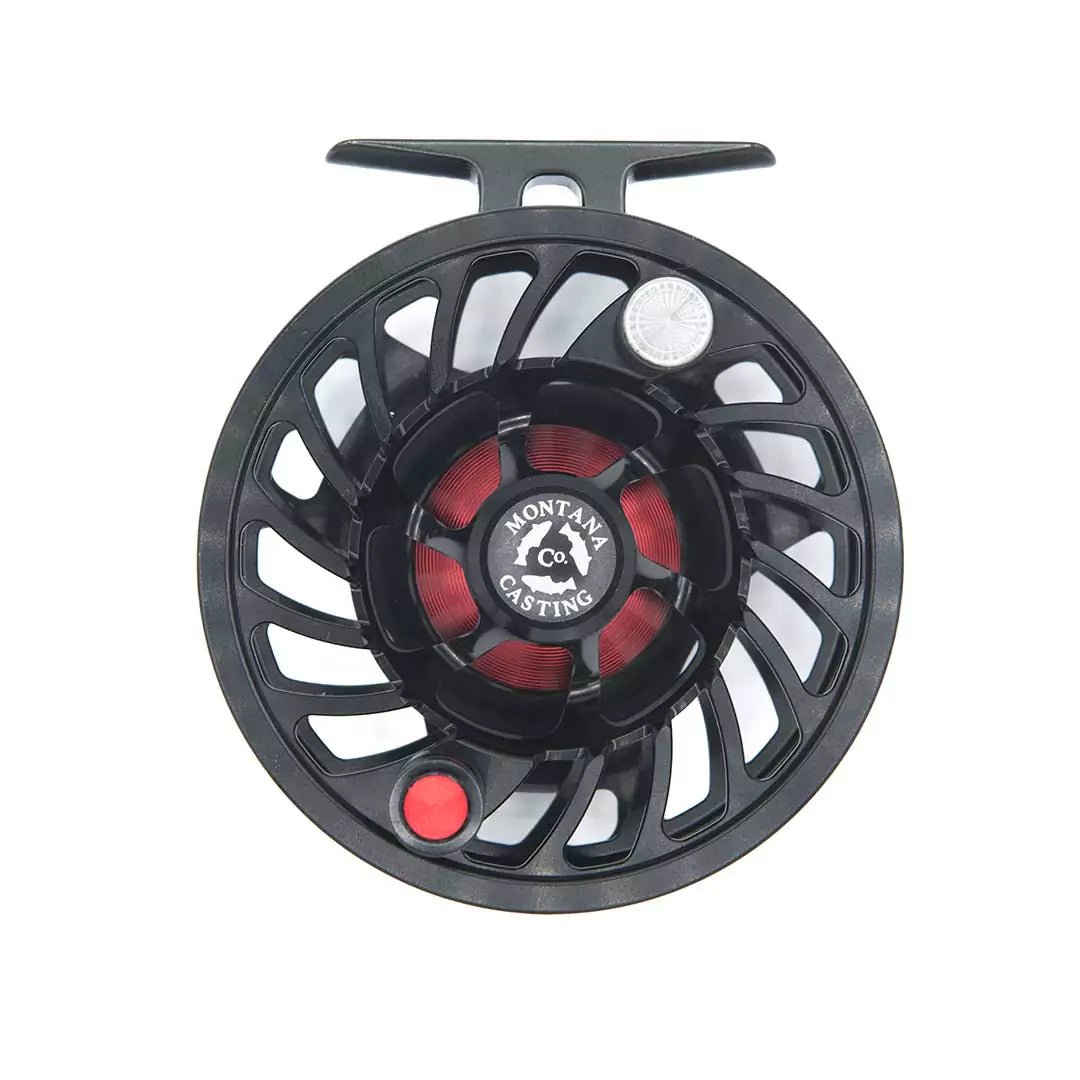
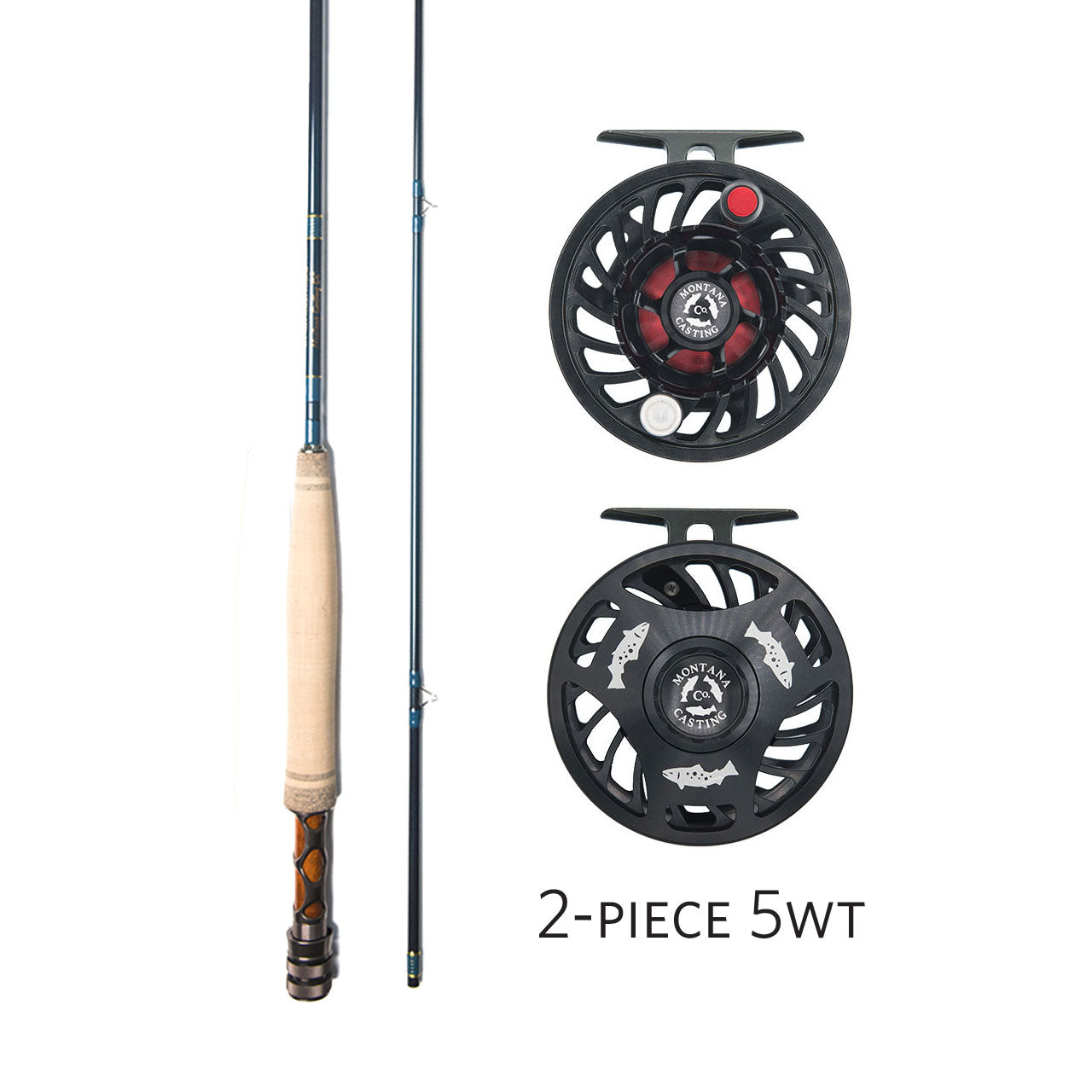
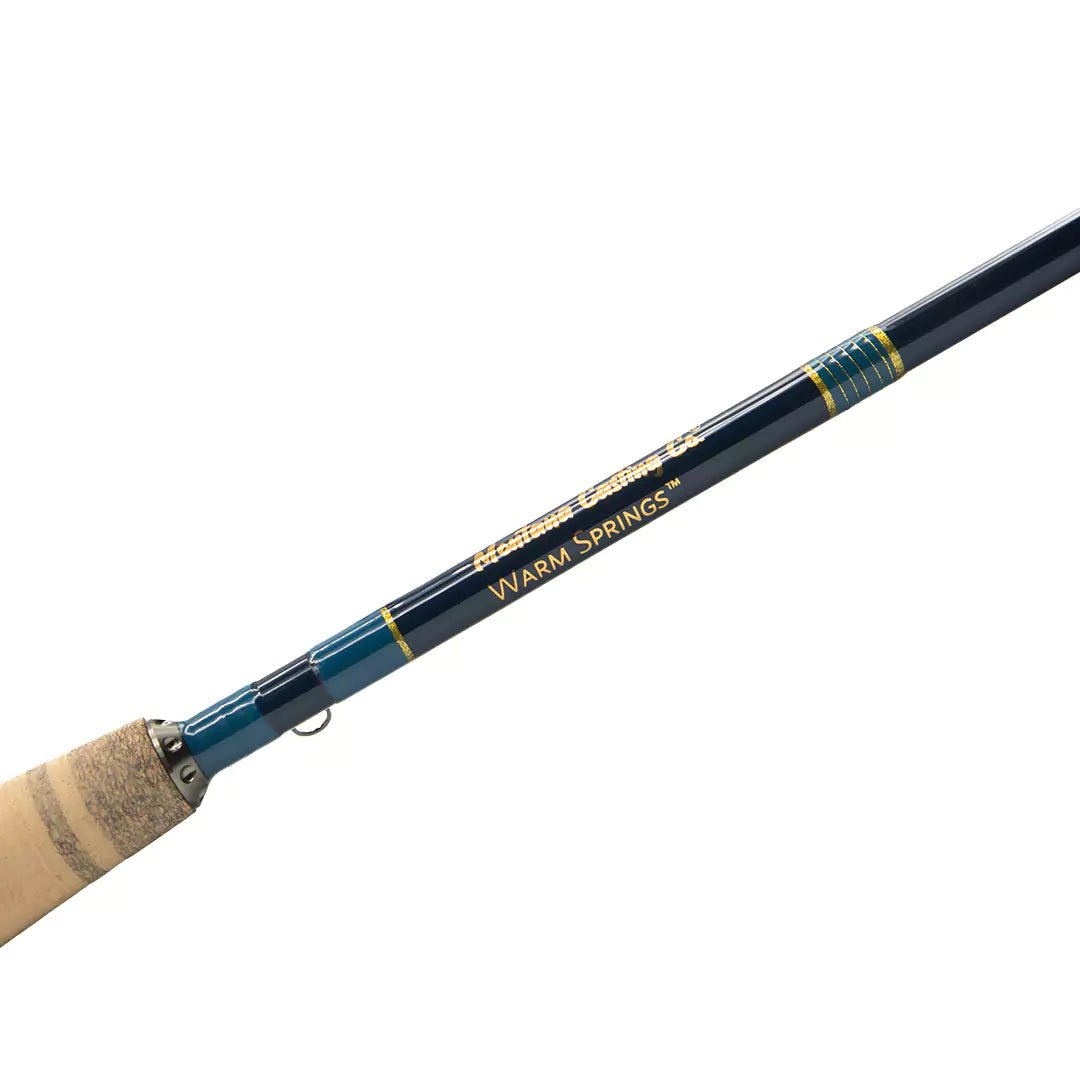
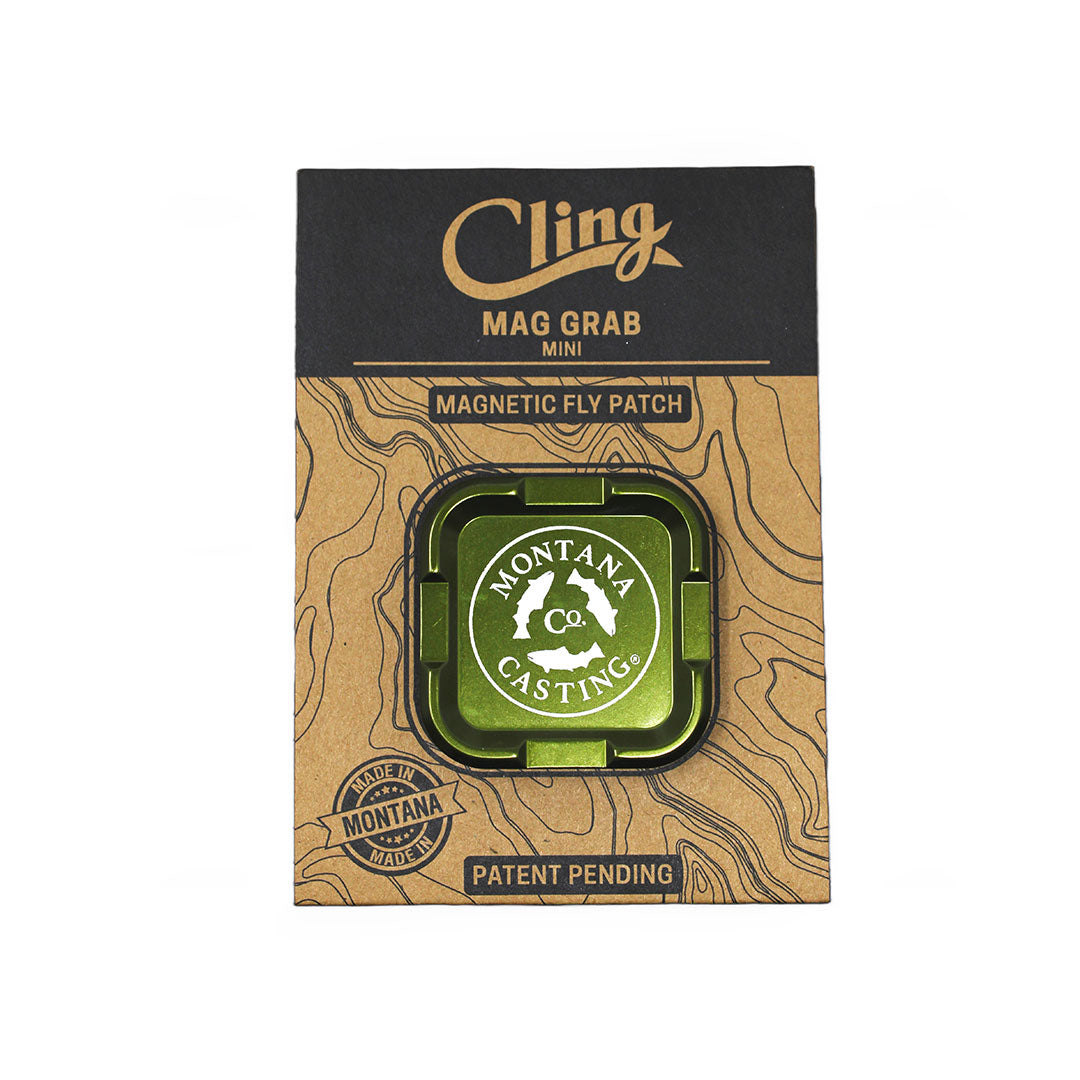
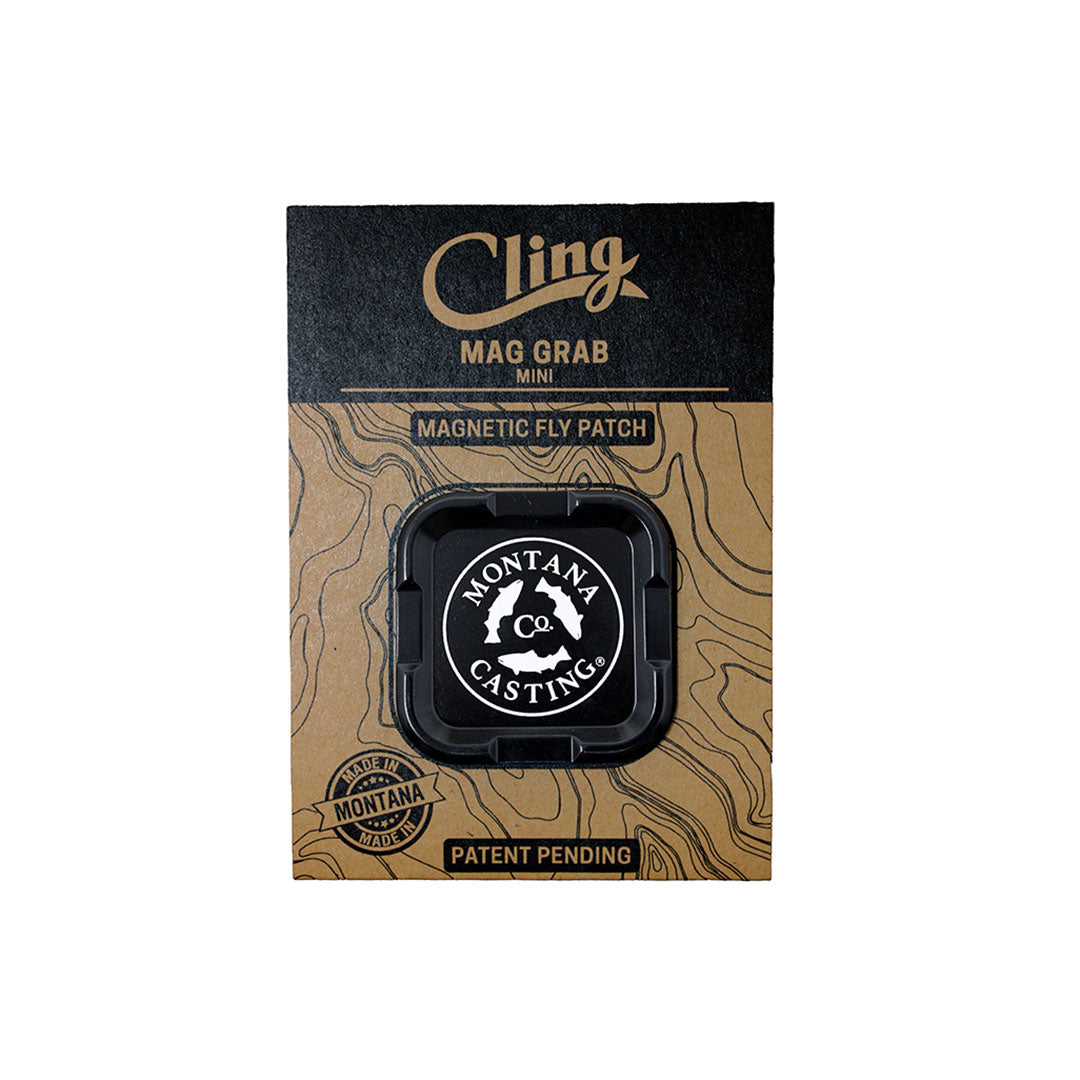


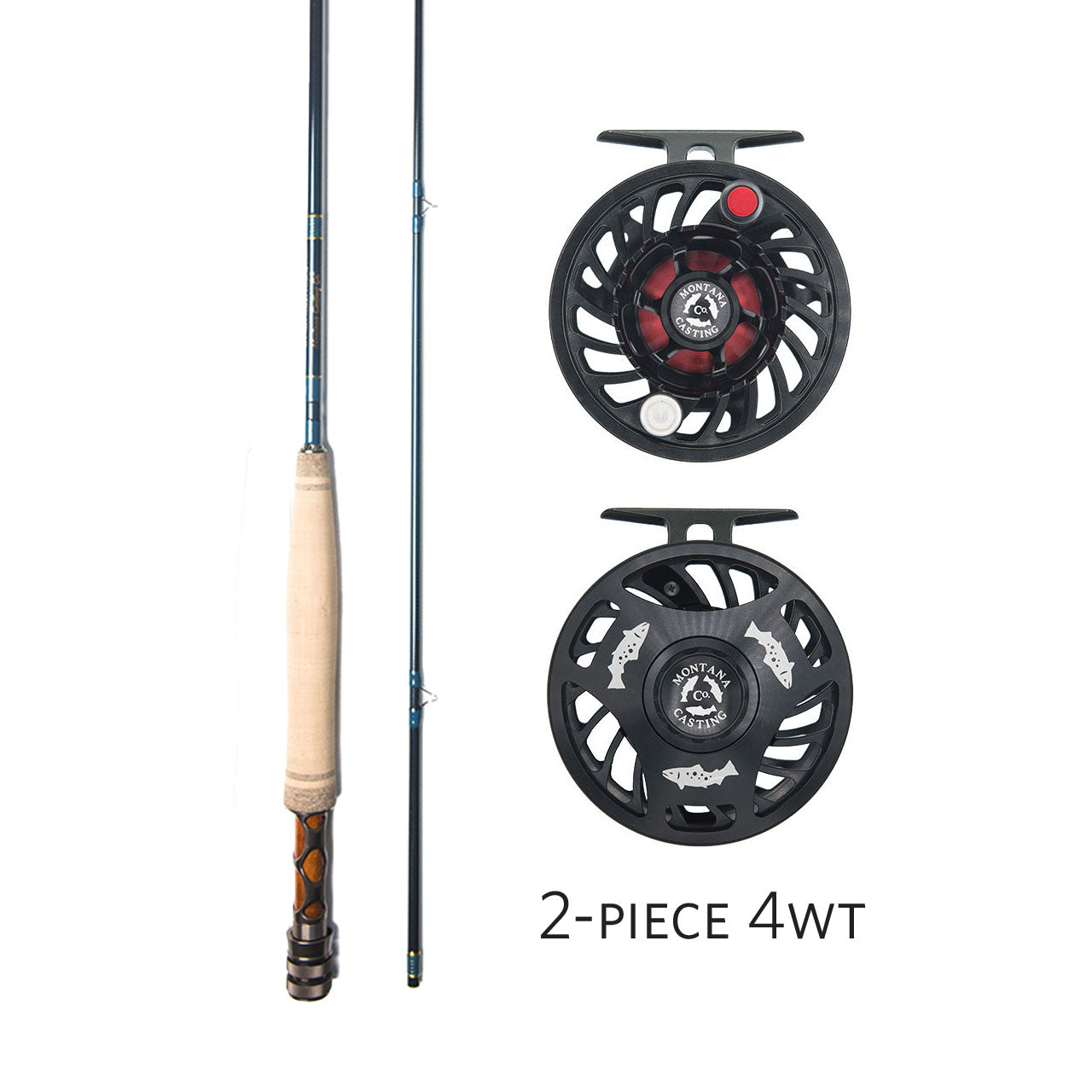
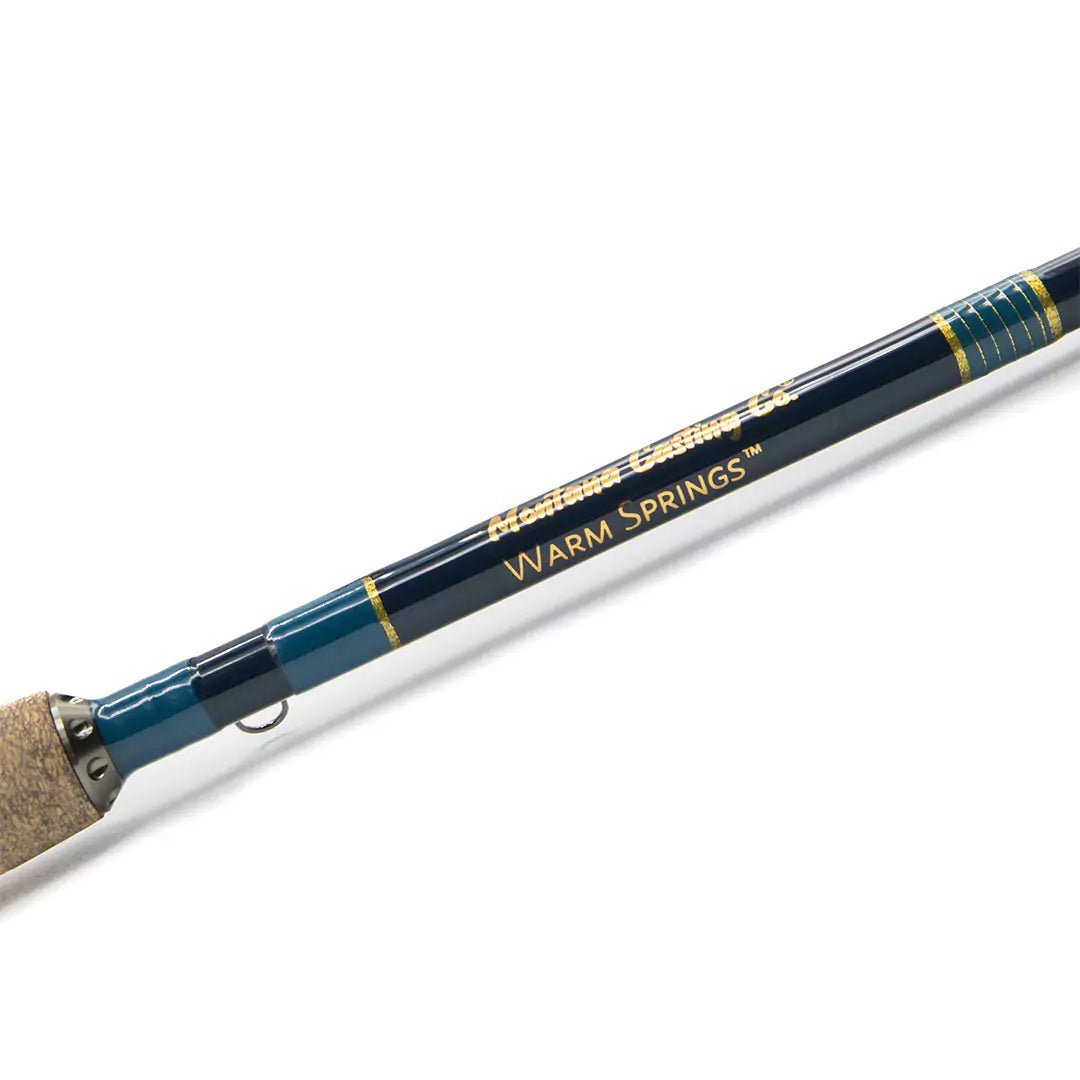
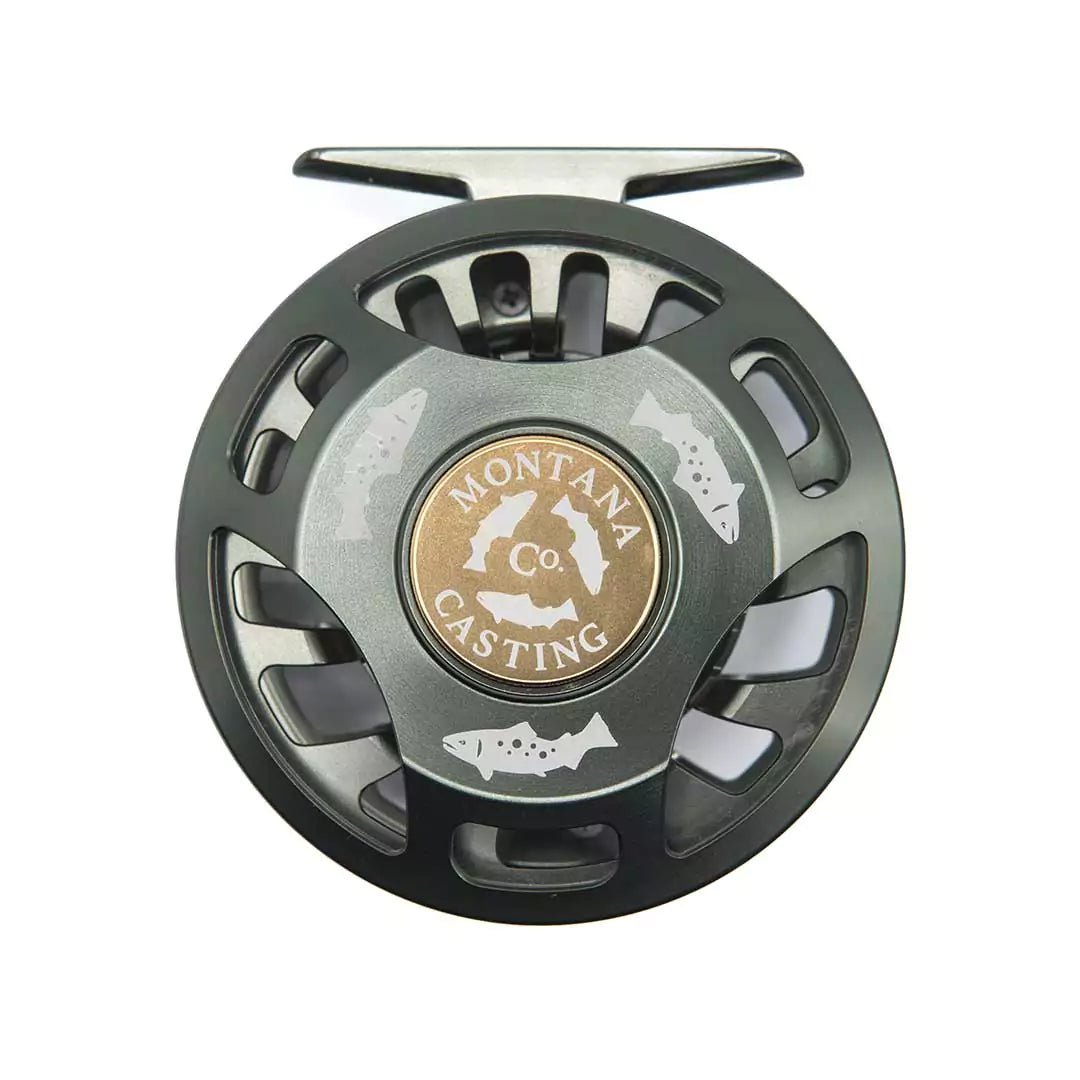
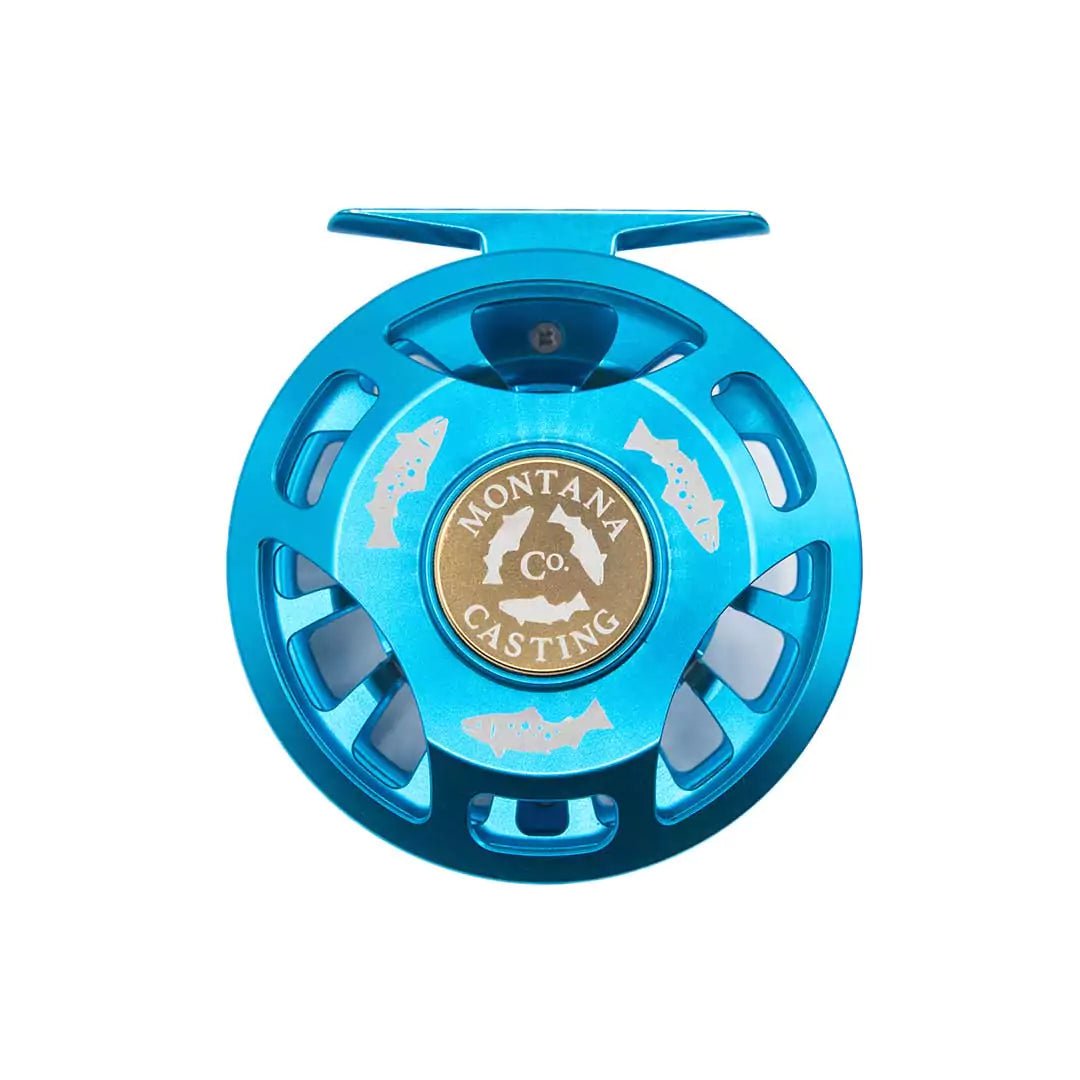
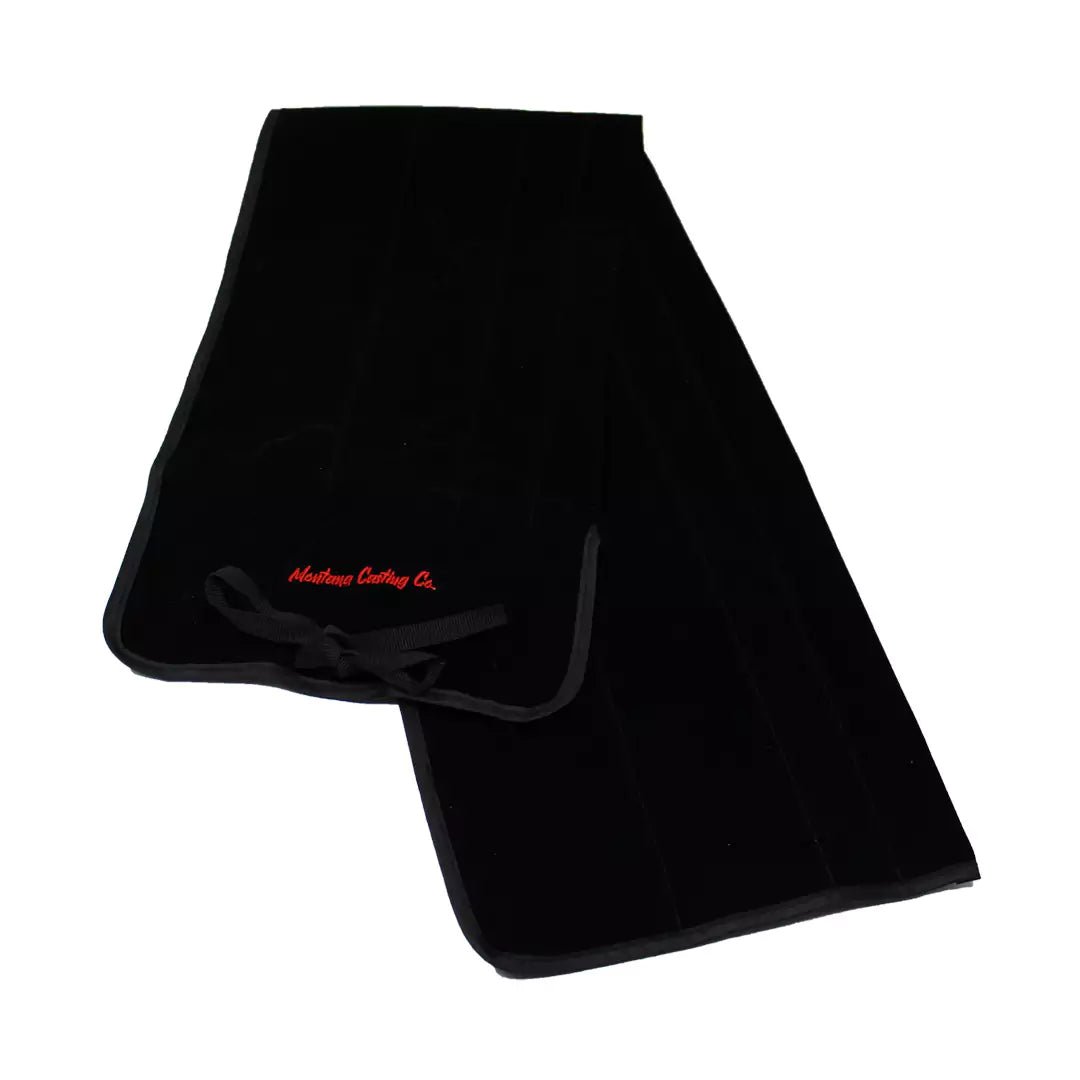
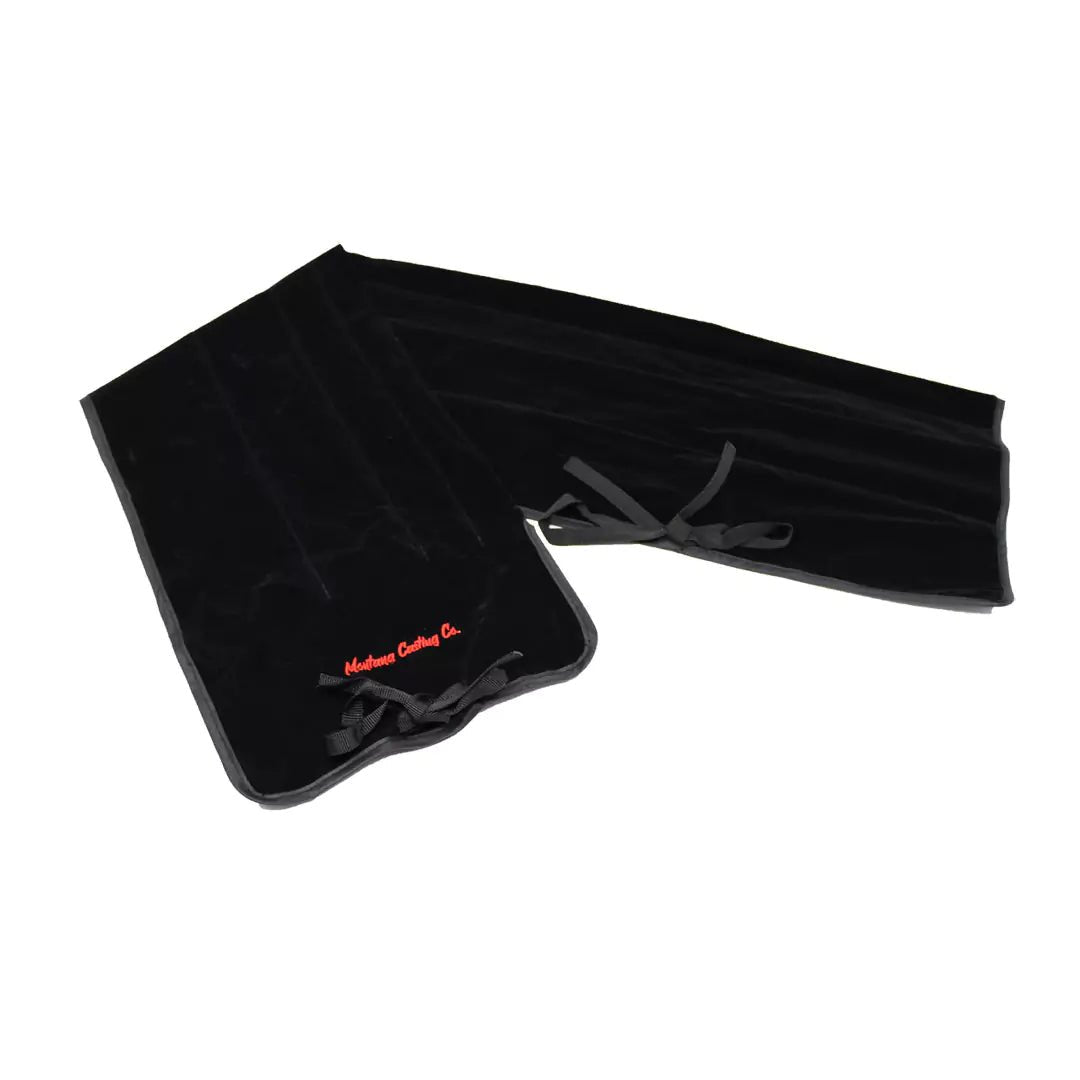
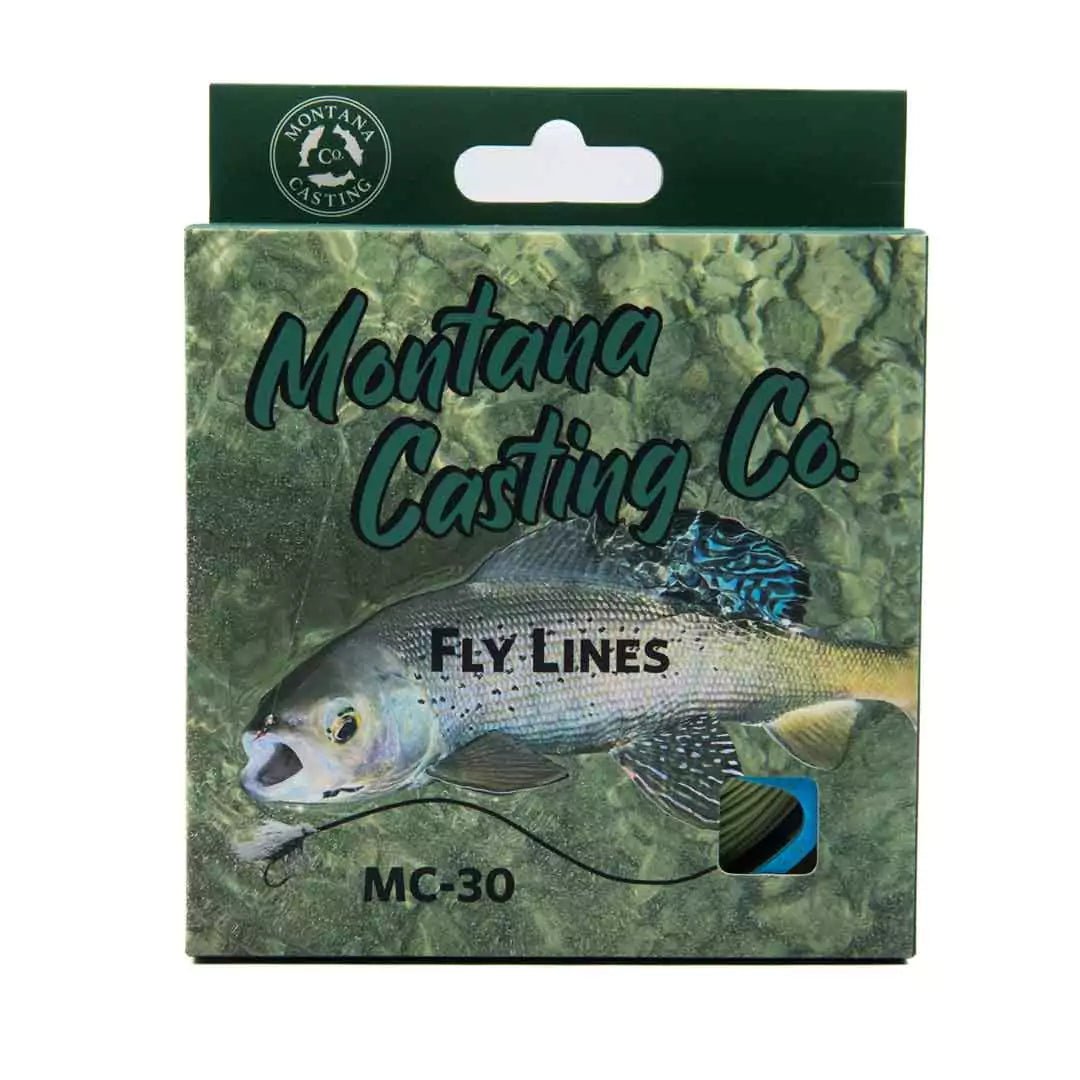
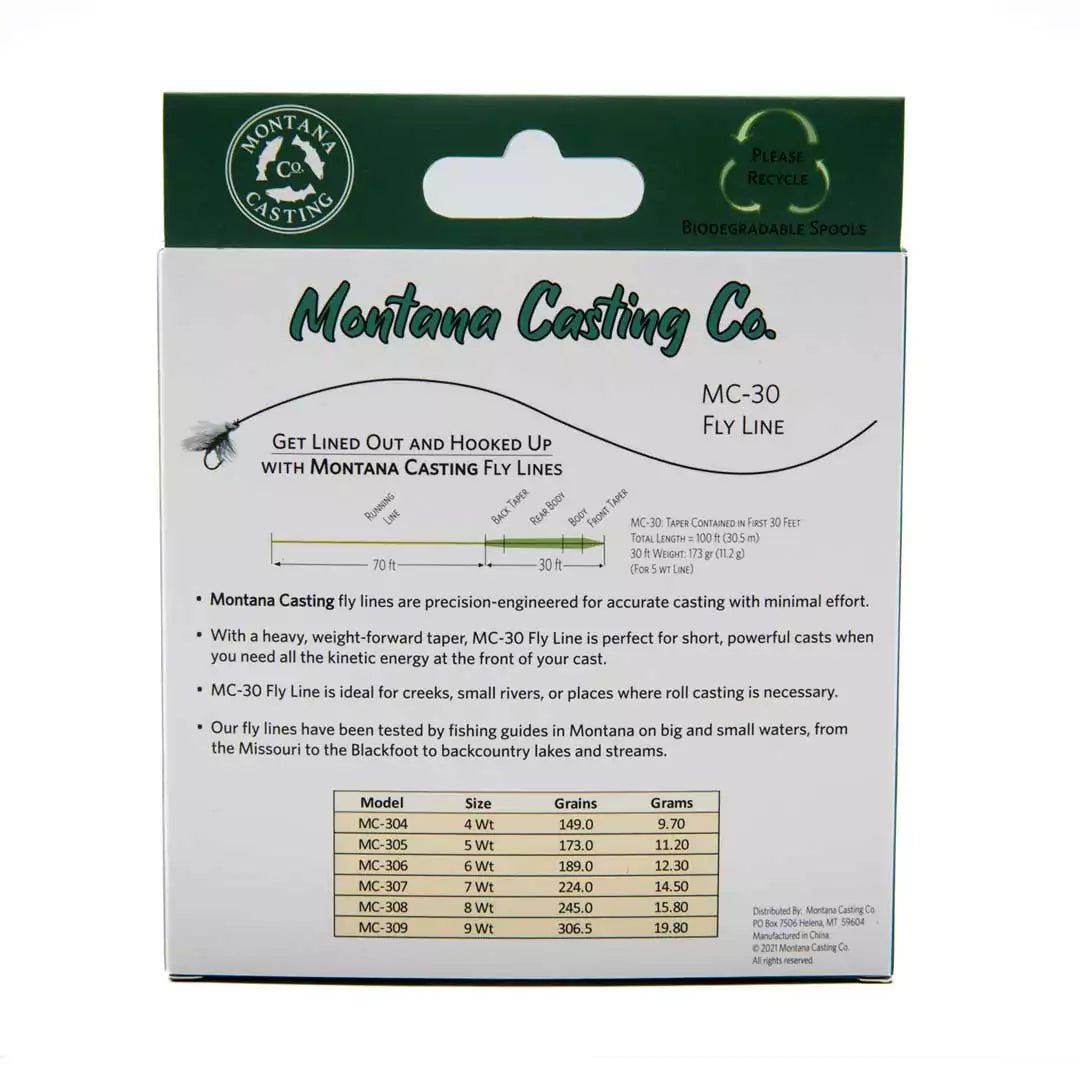
0 comments